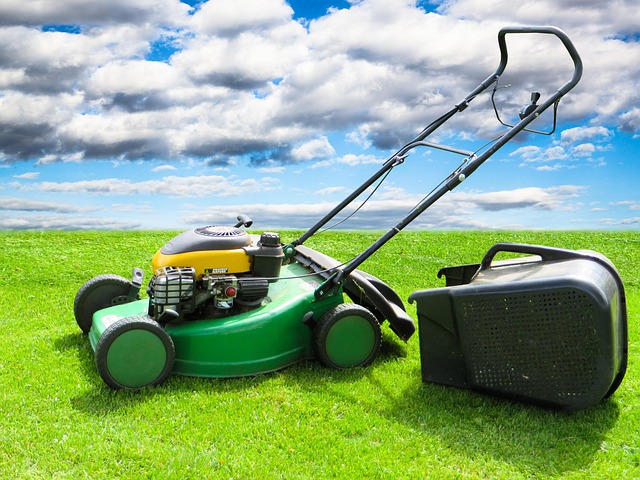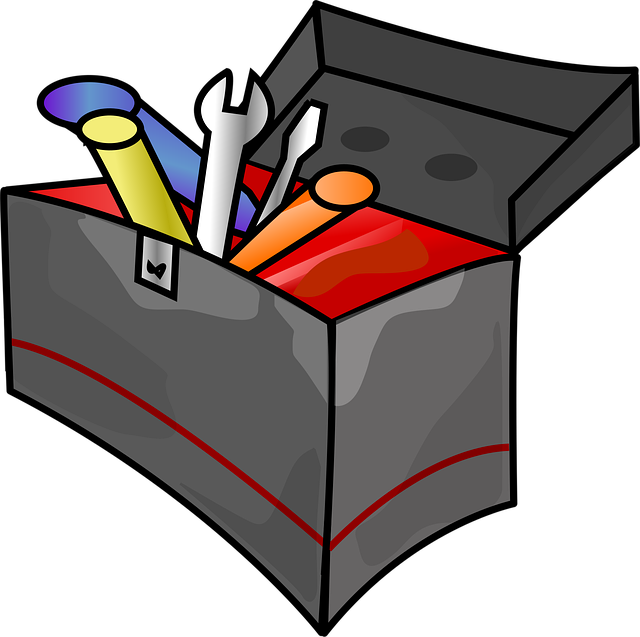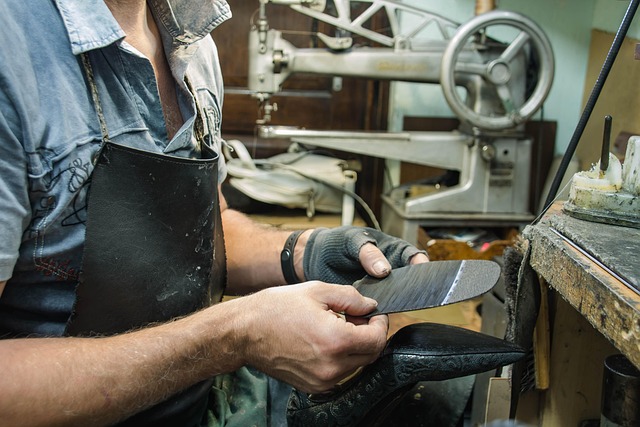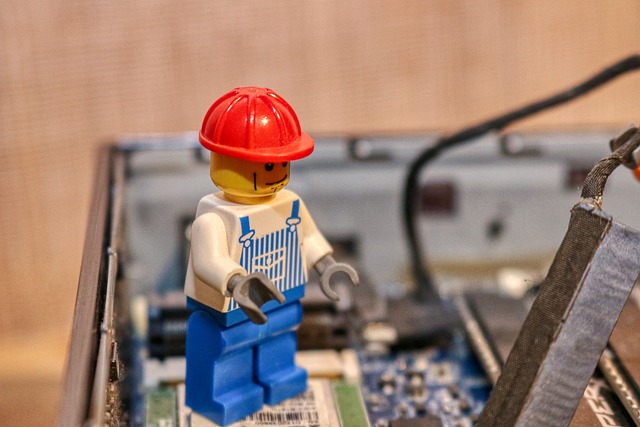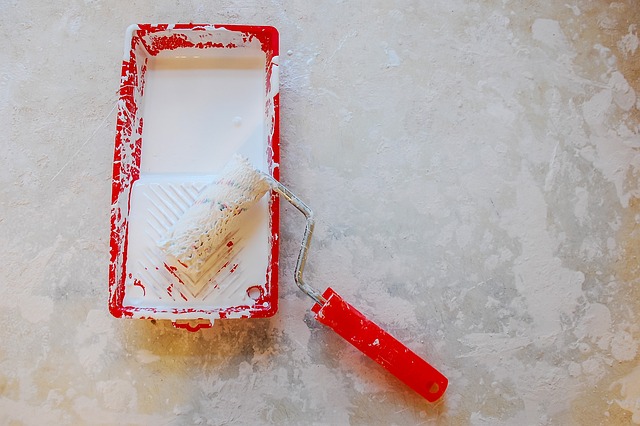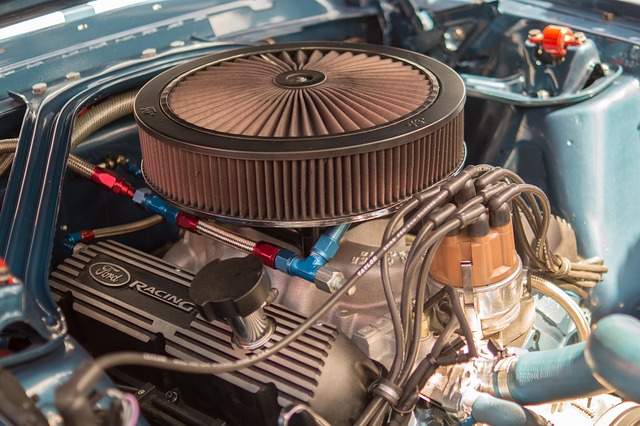DIY enthusiasts often face challenges in home repair due to planning gaps, lack of tools, or underestimating work scope, leading to issues like leaks and water damage. Accessing online guides, tutorials, and store advice equips homeowners with necessary skills. A strategic approach after blunders occur involves assessing damage, gathering tools, implementing temporary fixes, cleaning, preparing, and applying permanent solutions. Regular maintenance checks prevent future problems, ensuring a well-maintained home.
DIY projects can be rewarding, but they don’t always go as planned. From faulty installations to incomplete tasks, common DIY failures can leave your home in need of expert touch-ups. Fear not! This guide equips you with the knowledge to tackle these blunders head-on. We delve into the root causes of frequent DIY mishaps and equip you with a handyman’s toolkit of essential tools and resources. Learn effective strategies for repairing and maintaining your home, ensuring it shines like new after a DIY disaster.
- Understanding Common DIY Failures and Their Causes
- Essential Tools and Resources for Handyman Interventions
- Step-by-Step Strategies for Effective Home Repair and Maintenance After a DIY Disaster
Understanding Common DIY Failures and Their Causes

Many DIY enthusiasts embark on home repair and maintenance projects with enthusiasm, yet often encounter failures that leave them feeling frustrated. Understanding common pitfalls is the first step to preventing or overcoming these issues effectively. One of the primary causes of DIY disasters is a lack of proper planning and preparation. Projects may seem straightforward, but unforeseen complications can arise due to factors like poorly understood techniques, inadequate tools, or incorrect material choices. For instance, attempting a complex plumbing fix without the right knowledge might lead to leaks or even water damage.
Another frequent issue is underestimating the scope of work. Simple tasks can quickly escalate, causing homeowners to get overwhelmed and make mistakes. Time constraints also play a significant role; rushing through a project may result in cutting corners, which can compromise the quality of the final result. Moreover, not all DIYers have access to the right resources or tools, leading to subpar workmanship. Recognizing these common DIY failures is crucial for homeowners to approach their projects with realistic expectations and a well-informed mindset, ensuring better outcomes in home repair and maintenance endeavors.
Essential Tools and Resources for Handyman Interventions

When it comes to handyman interventions, having the right tools and resources is half the battle won in ensuring successful home repair and maintenance. A well-equipped toolbox is every DIYer’s secret weapon. Essential tools include a sturdy set of screwdrivers (both flathead and Phillips), pliers, hammers, measuring tape, levels, and a utility knife. These versatile tools cater to various tasks, from tightening loose screws to cutting through tough materials.
Complementing these physical tools are online resources that offer step-by-step guides, tutorials, and forums for troubleshooting. Video tutorials provide visual learning, making complex tasks more manageable. Additionally, home improvement stores often have knowledgeable staff who can offer advice and recommendations tailored to specific projects. Having access to these resources empowers homeowners to tackle failures head-on, fostering a sense of accomplishment and self-reliance in managing their home repair and maintenance needs.
Step-by-Step Strategies for Effective Home Repair and Maintenance After a DIY Disaster

When DIY projects go awry, it’s easy to feel overwhelmed by the scope of repairs needed. However, with a structured approach, homeowners can efficiently tackle these setbacks and restore their spaces. The key lies in adopting systematic home repair and maintenance strategies post-disaster.
Begin by assessing the damage: identify the problem areas and prioritize tasks based on urgency and impact. Next, gather the necessary tools and materials, ensuring you have everything required for a successful fix. From there, follow a step-by-step process: first, temporary repairs to stabilize the space, then thorough cleaning and preparation, followed by permanent solutions. Regular maintenance checks can prevent future disasters, ensuring your home stays in top condition.
When DIY projects go awry, don’t despair. With the right tools, resources, and strategies, even minor home repair and maintenance issues can be swiftly resolved. By understanding common failures and employing handyman solutions, you can transform DIY disasters into manageable tasks. Equip yourself with essential tools, consult reliable resources, and follow step-by-step guides to regain control of your home’s upkeep, ensuring a smooth and satisfying experience for all future projects.





